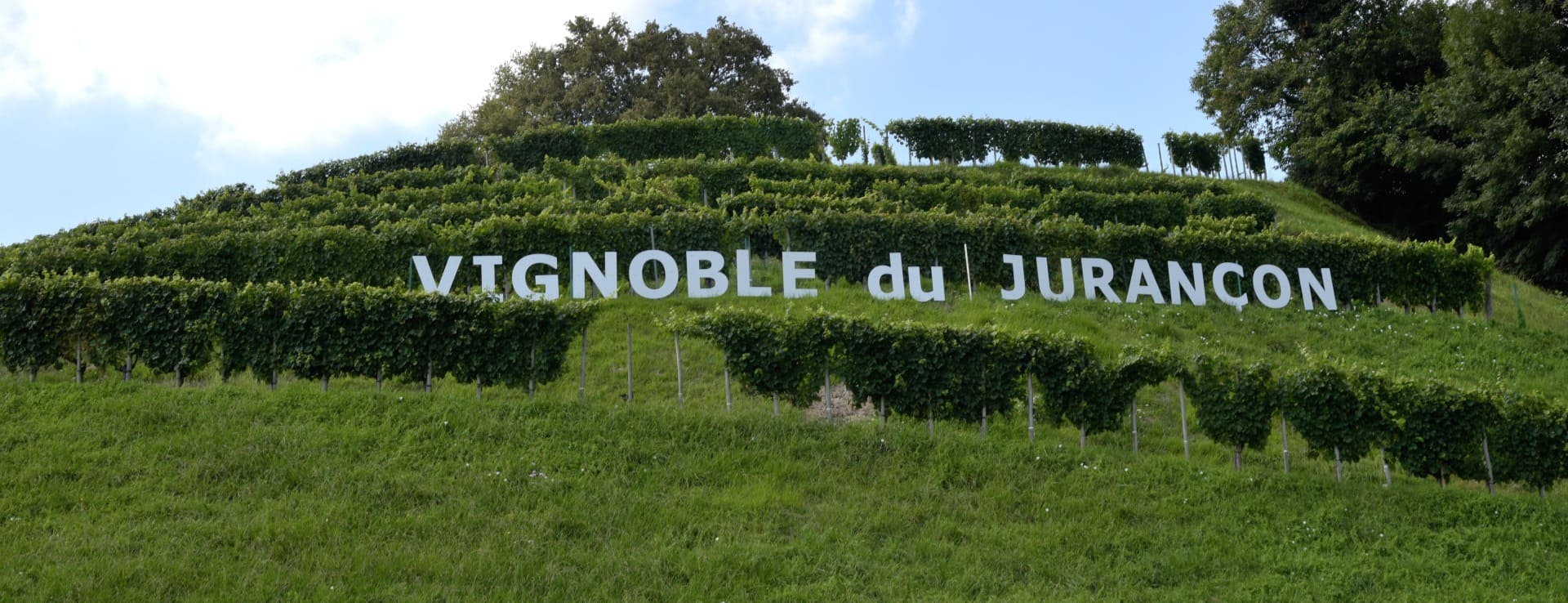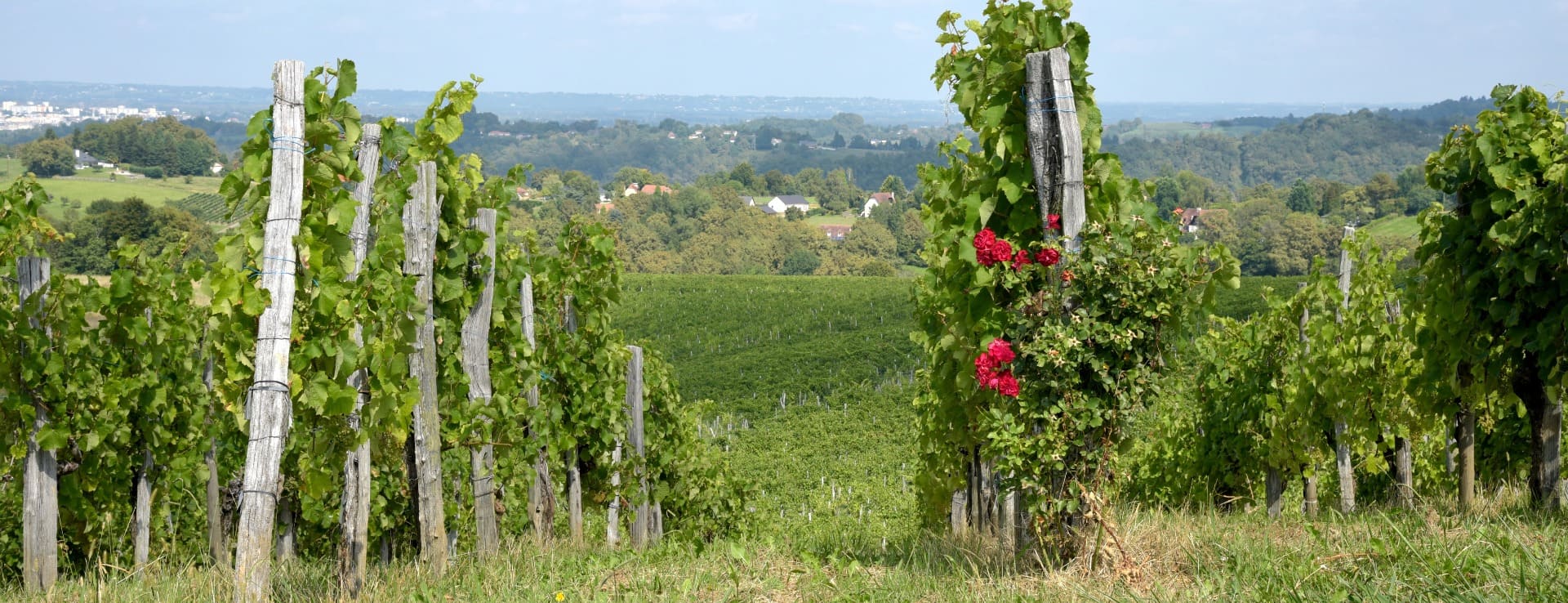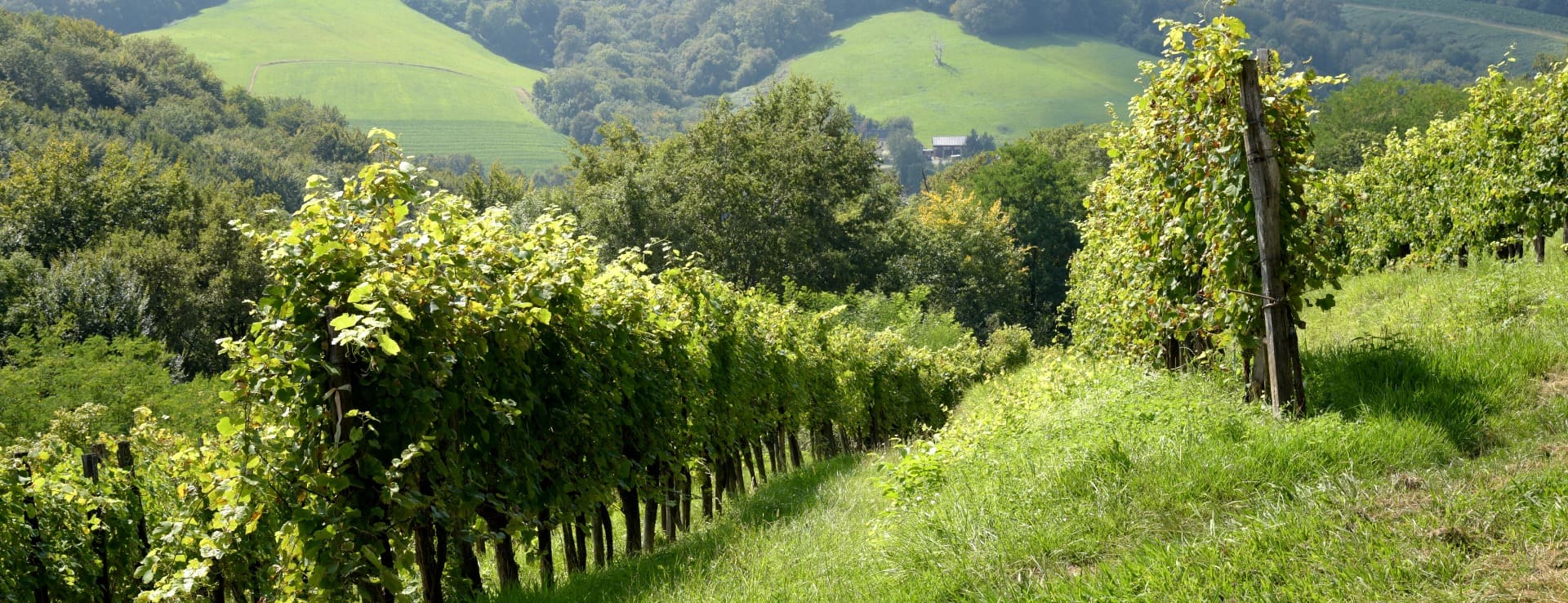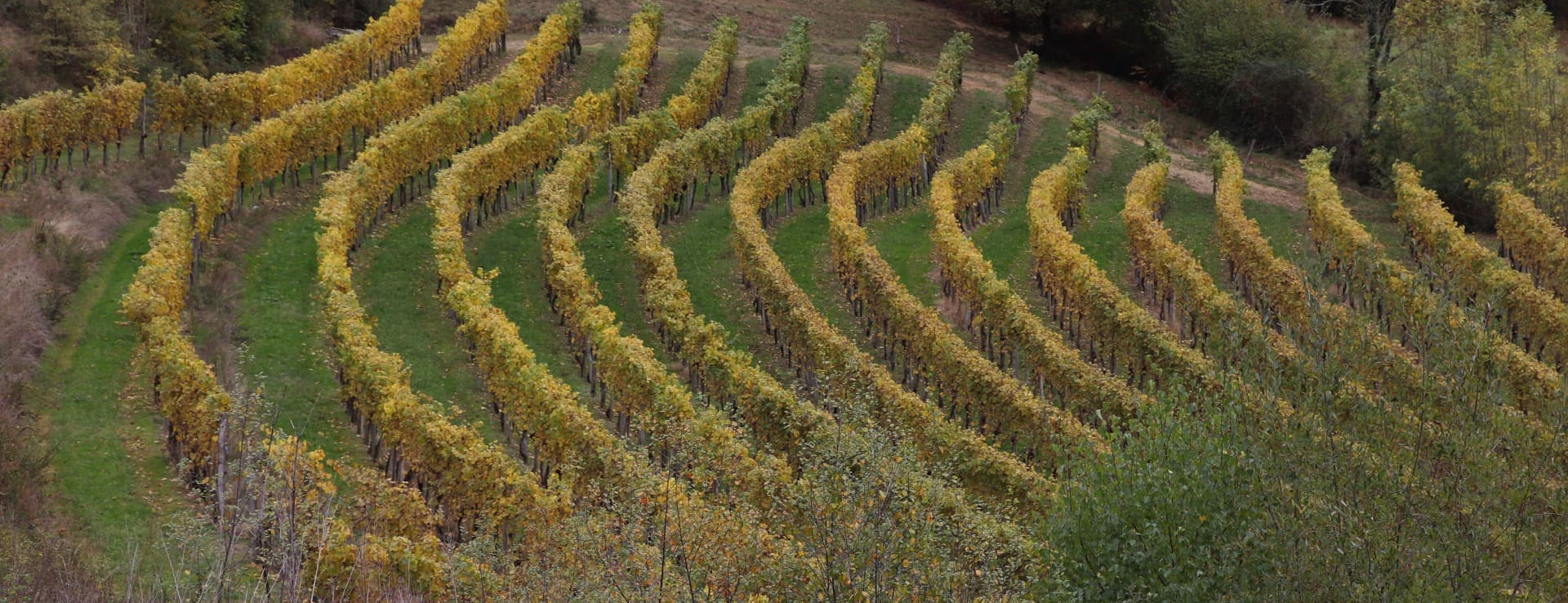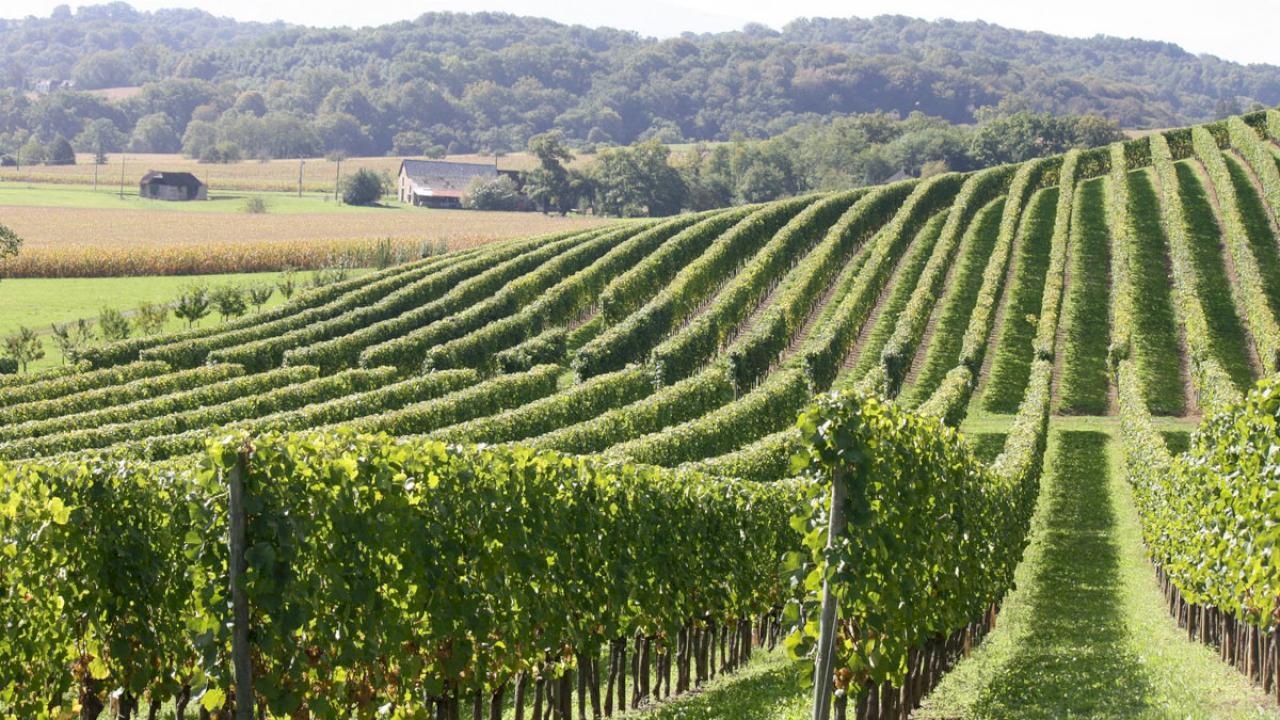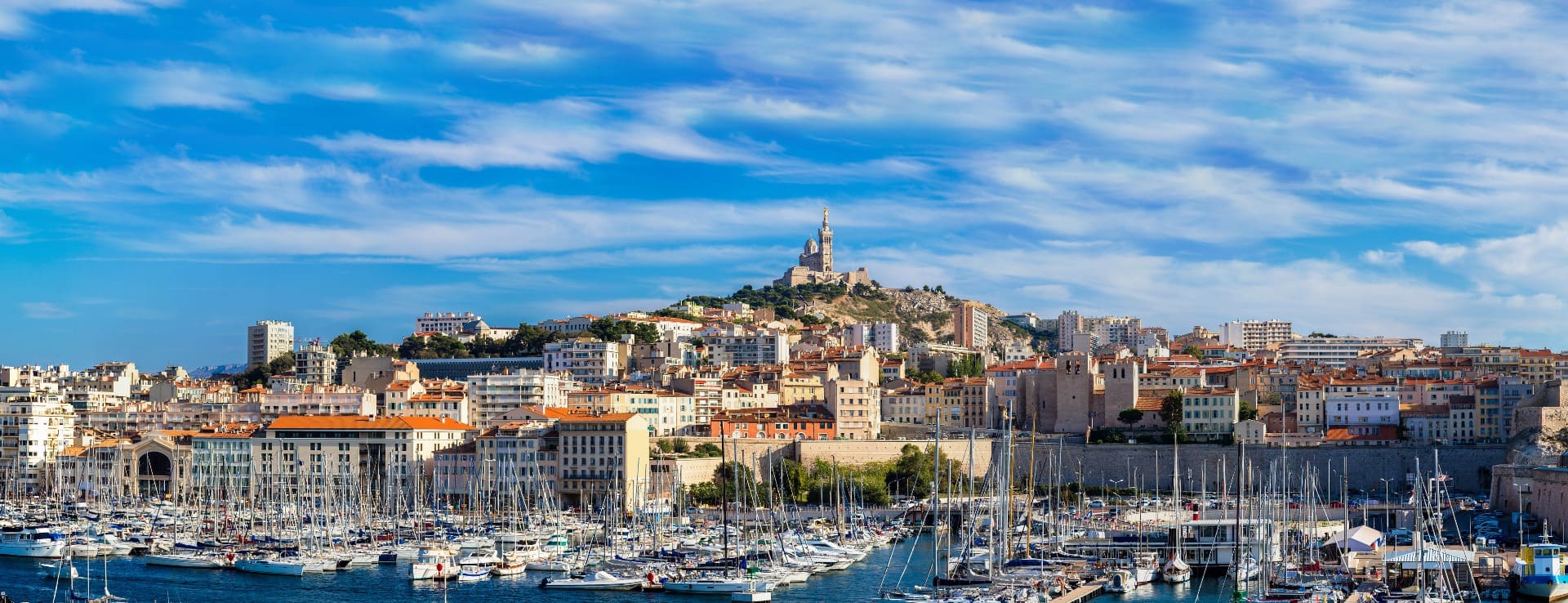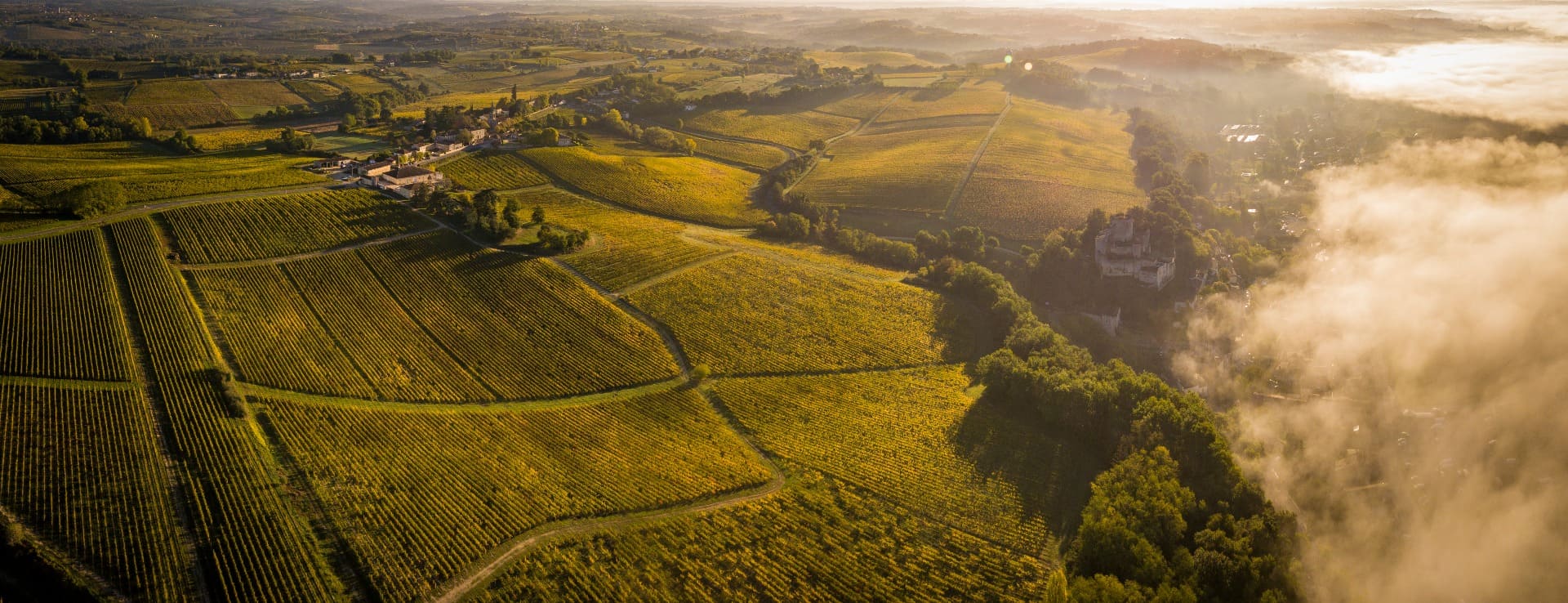Find your winery or vineyard
Infographic of the Denomination of Origin
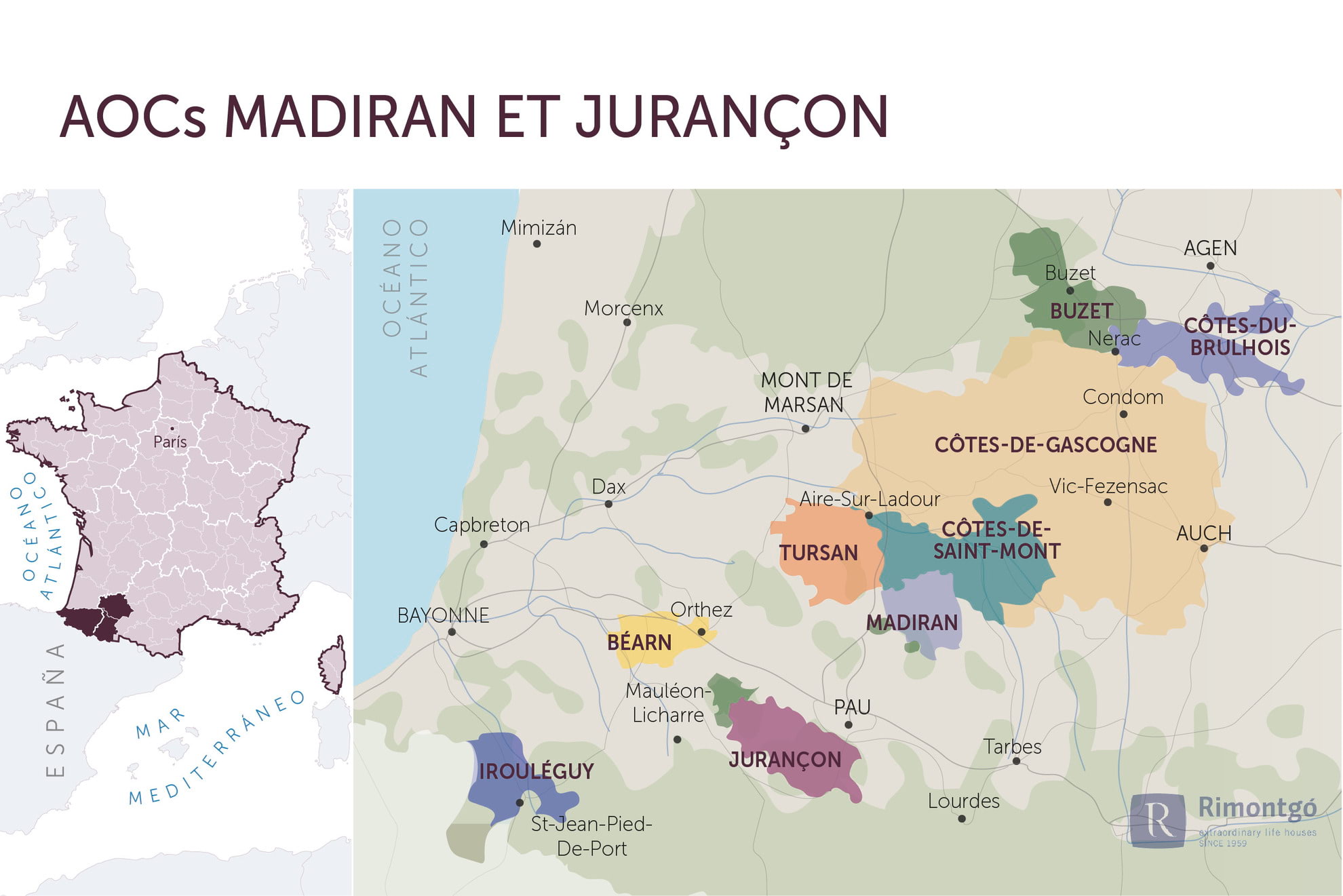
Change to imperial units (ft2, ac, °F)Change to international units (m2, h, °C)
AOC Madiran-Juraçon
HISTORY
The vineyards of the Southwest are more than 2,000 years old. If the culture of the vineyard was spread by the Romans about 2000 years ago, the success of the wines of the French South-West has suffered from the influence of its neighbour Bordeaux who dominated the estuary of the Garonne river and therefore the expedition of its wines to the world.
The history of Southwest wines is engraved in the course of the Garonne river, following its waters the Romans progressed westwards to conquer the Atlantic lands and in doing so spread the culture of the vineyard. Since the first century B.C., vines have been cultivated in Gaul. Thanks to the rivers of the region, the vineyards in the area have not stopped growing for centuries. The vineyards of Gascon send their production to the port of Bayonne thanks to the Adour river. Cahors does the same with the river Lot. However, it was the Bordeaux people who managed to structure the port around the wine trade. And when Eleanor of Aquitaine married Henry Plantagenet in 1152, the situation changed dramatically. Aquitaine became English and the English adopted the eating habits and customs of the French princes, including the drinking of wine. The loss of Rouen in 1214 and then the surrender of La Rochelle ten years later favoured the Bordeaux vineyard and made it the main supplier of wine to England. Bordeaux built its wealth on the wine sector.
SOILS
The Madiran appellation is located in the so-called Pyrenean foothills, 60 km north of the Pyrenees and 100 km east of the Atlantic Ocean. The appellations are organised around main north/south-facing ridges and main east-facing slopes, all with an altitude ranging between 180 and 300 metres in north-south exposure.
On the soil side, the 3 main terroirs are:
- Clay and limestone on western slopes and steep hillsides: among the best soils in the appellation, favouring wines with structure and great ageing potential.
- Clayey in the intermediate planes: light and filtering soils, which warm up quickly to give smooth and tasty wines.
- Boulders on the dominant ridges and steep slopes: well exposed, these draining soils help retain heat and promote silky, delicate wines.
The reigning grape variety at Madiran is Tannat. Consecrated as the majority grape variety by the AOC decree in 1948, Tannat today represents almost 70% of the Madiran appellation. Coming from the Pyrenean foothills, very rare, this grape variety is, true to its etymology from the langue d'Oc, particularly tannic.
CLIMATE
Situated 60 km north of the Pyrenees and 80 km east of the Atlantic Ocean, on the edge of Gascony, the region is also subject to a certain climatic complexity, dominated by an oceanic climate. With a fairly high rainfall, the climatic variation can be summarised as follows: a lot of rain in spring, a hot summer, a late season of still hot days combined with ideal cool nights creating a thermal amplitude that favours the full maturity of the tannins.
WINERIES
Madiran-Jurançon-Madiran wineries: Châteaux Montus, Château d'Aydie, Domaine Berthoumieu, Château Bouscassé, Chapelle Lenclos-Doamine Mouréou, Château de Viella, Domaine Guy Capmartin, Domaine Laffont / Jurançon: Domaine de Souch, Clos Uroloat, Domaine Bru-Baché, Domaine Cauhapé, Clos Lapeyre, Camin Larredya, Clos Thou.
Discover more wineries and vineyards for sale in these wine regions in France
Subscribe to our mailing list to receive news about wineries and vineyards.

